How Much Exercise is Enough in Middle Age?
Did you know that middle-aged and older adults who perform excessive strenuous endurance exercise may be at increased risk for a variety of heart issues such as atrial fibrillation, myocardial fibrosis, and hardening of the coronary arteries?1
Wow, this seems counterintuitive because we are told that exercise helps a lot of conditions.
Exercise does a lot of good in the right dose. A recent article showed that you can have too much of a good thing and get the opposite effect of what you intended.
The Right Amount of Exercise Has Many Benefits
Some health benefits are:
- Weight control
- Reduce the risk of cardiovascular disease.
- Manage blood sugar and insulin resistance.
- Improve mood.
- Improves sleep.
- Enhances sexual function.
- Help you quit smoking.
- Improves brain function.
- Strengthens bone and muscles.
- Reduces risk of falls
- Reduces risk of colon, breast, uterine and lung cancer.
- Increased longevity.
- May prevent shortening of telomeres2
- Reduces the risk of all-cause mortality.2
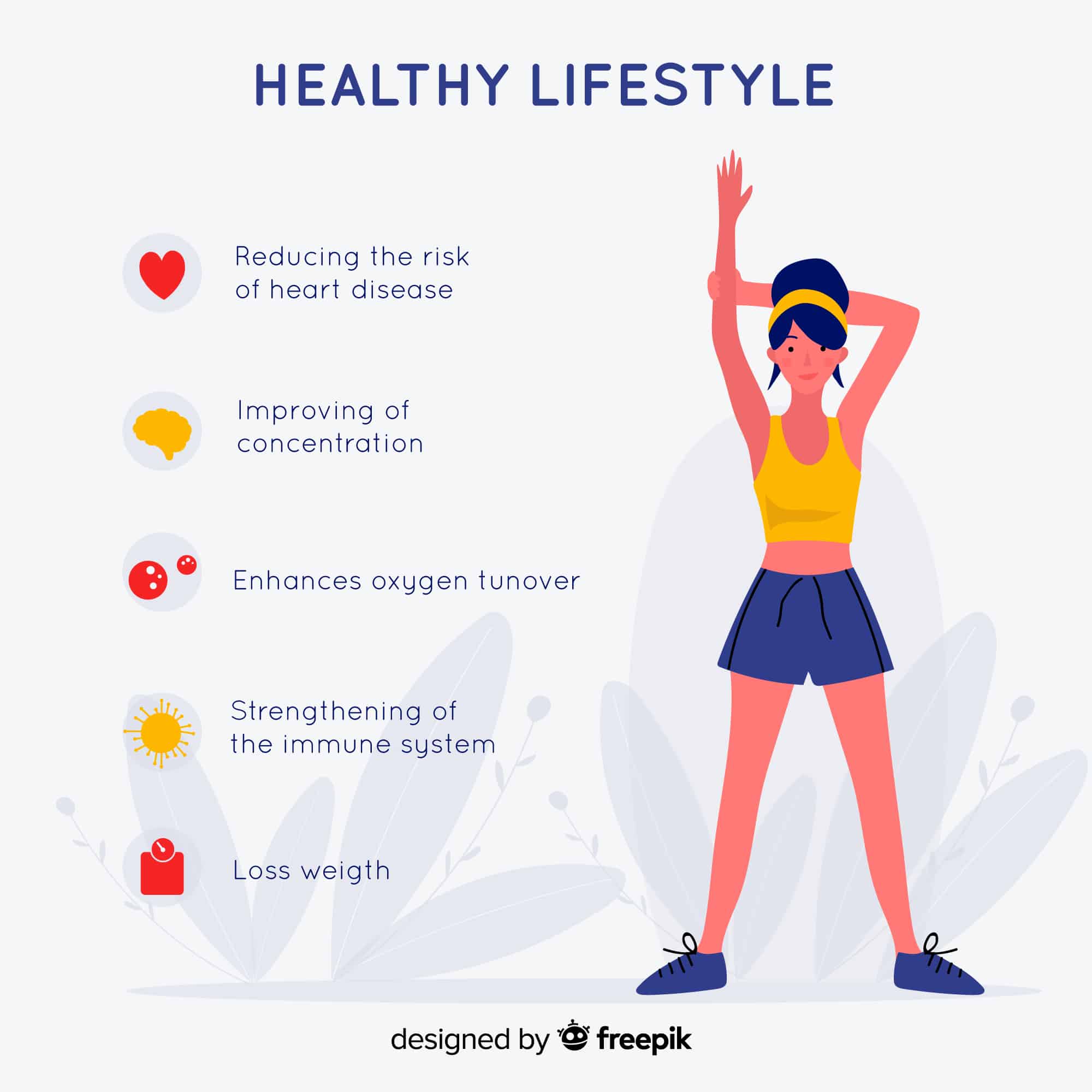
Exercise can be used instead of or in combination with drug therapy to improve exercise tolerance, lower cholesterol, blood pressure, and blood sugar as well reduce the risk of blood clots. It should be your go to treatment instead of, traditional drug-therapy.2 I prescribe exercise to boost testosterone and growth hormone as well as regulate insulin sensitivity and to get the above mentioned benefits.
Too Much Exercise Can Cause Damage
Studies support that a certain dose of exercise will impart the benefits, however going above that dose can cause harm. The over doers tend to lose most or all the protection against early mortality and cardiovascular disease!
Excessive strenuous exercise can cause:1
Cardiovascular damage
- Atrial fibrillation (AF)
- Abnormal heart beats in the ventricles
- Severe bradycardia (slow heartbeat)
- Coronary atherosclerosis (hardening of the arteries
- Premature aging of the heart
- Fibrosis of the atrial and ventricular wall
- Sudden cardiac death (SCD).
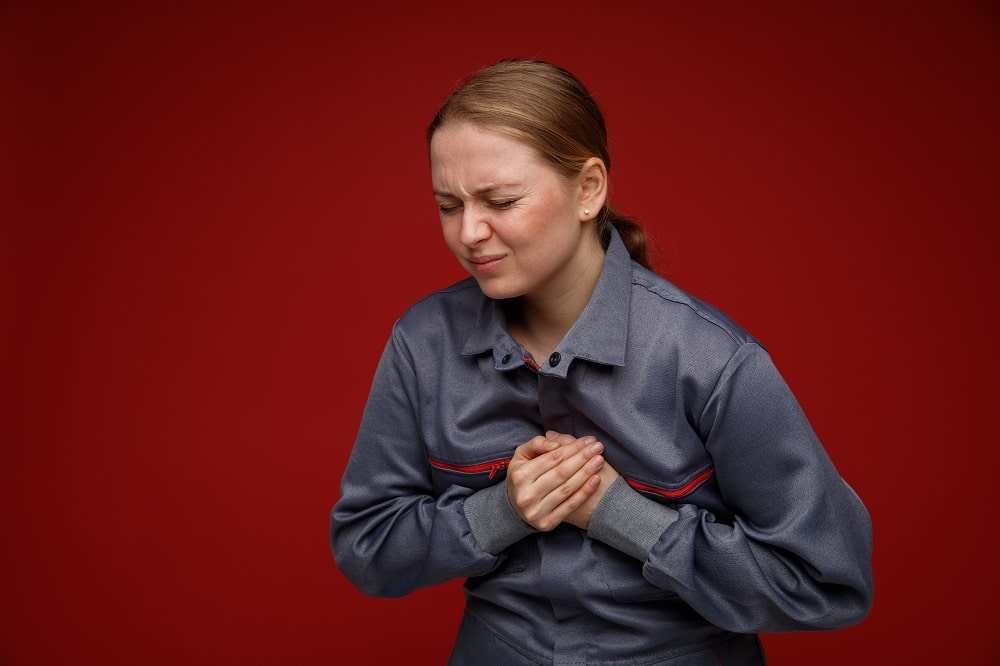
Orthopedic Overuse Injuries
- Stress fractures
- Patellar chondromalacia
- Achilles tendonitis
- Shin splints
- Plantar fasciitis
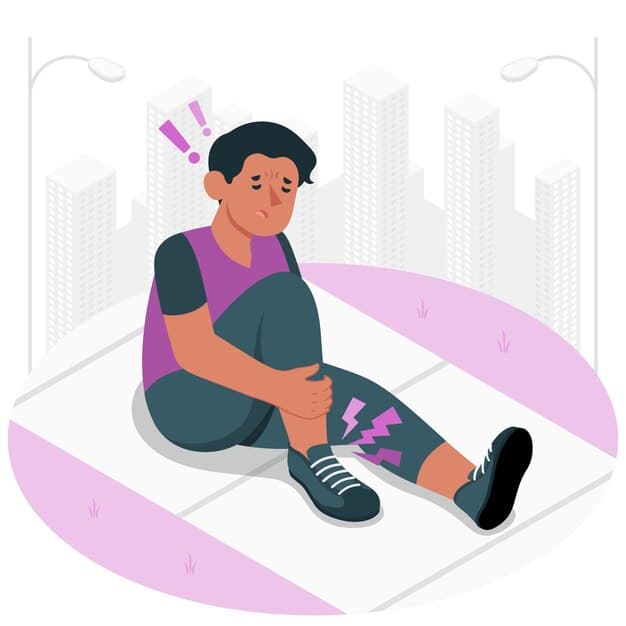
Hormonal Changes3
Intense long-term run caused a significant impact
- Decrease in testosterone, which remained depressed up to 3 h after the end of the exercise.
- Increases in cortisol (43%) and androstenedione (53%).
Read Also: Dangers of High Intensity Exercise
Moderation is Key
The optimal amount of exercise, or what researchers call the ‘Goldilocks Zone,’ of physical activity may be:
- Moderate-intensity aerobic exercise (your heart rate increases, and you can talk but not sing) -At least 150 minutes per week.
- Vigorous-intensity aerobic activity, (heart-pounding, sweat producing, not able to say more than a few words without a breath) –75 minutes per week or not more than 4-5 cumulative hours per week, especially for those over 45 years of age.
- After every 30 consecutive minutes spent sitting, stand up and move, ideally walking briskly for about five minutes.
- Exercise should be tailored to age, physical condition and modified for injuries.
- It is important to take at least one day per week off from vigorous exercise. 1
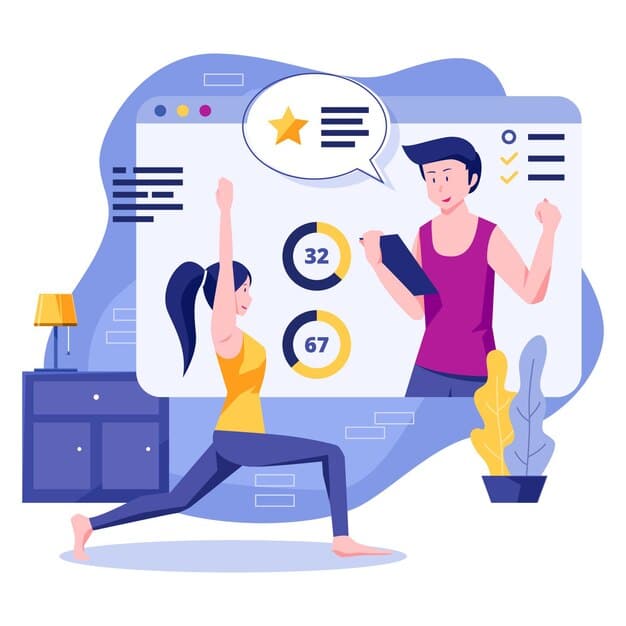
When it comes to low to moderate intensity activity such as walking at a comfortable pace, housework, gardening, etc. there is no limit!
To achieve optimal health and longevity it takes a variety of things. You can’t ignore the fundamentals such as nutrient dense whole foods, sleep, managing stress, social interactions as well as exercise. Learn some strategies and get some resources and free gifts in the 30 Days to Revive and Thrive video/email series. Create a life you love.
Resources
- O’Keefe JH, O’Keefe EL, Lavie CJ. The Goldilocks Zone for Exercise: Not Too Little, Not Too Much. Mo Med. 2018;115(2):98-105. Accessed August 3, 2023. https://www.ncbi.nlm.nih.gov/pmc/articles/PMC6139866/
- Gronek P, Wielinski D, Cyganski P, et al. A Review of Exercise as Medicine in Cardiovascular Disease: Pathology and Mechanism. Aging Dis. 2020;11(2):327-340. doi:10.14336/AD.2019.0516
- Kuoppasalmi K, Näveri H, Härkönen M, Adlercreutz H. Plasma cortisol, androstenedione, testosterone and luteinizing hormone in running exercise of different intensities. Scand J Clin Lab Invest. 1980;40(5):403-409. doi:10.3109/00365518009101862




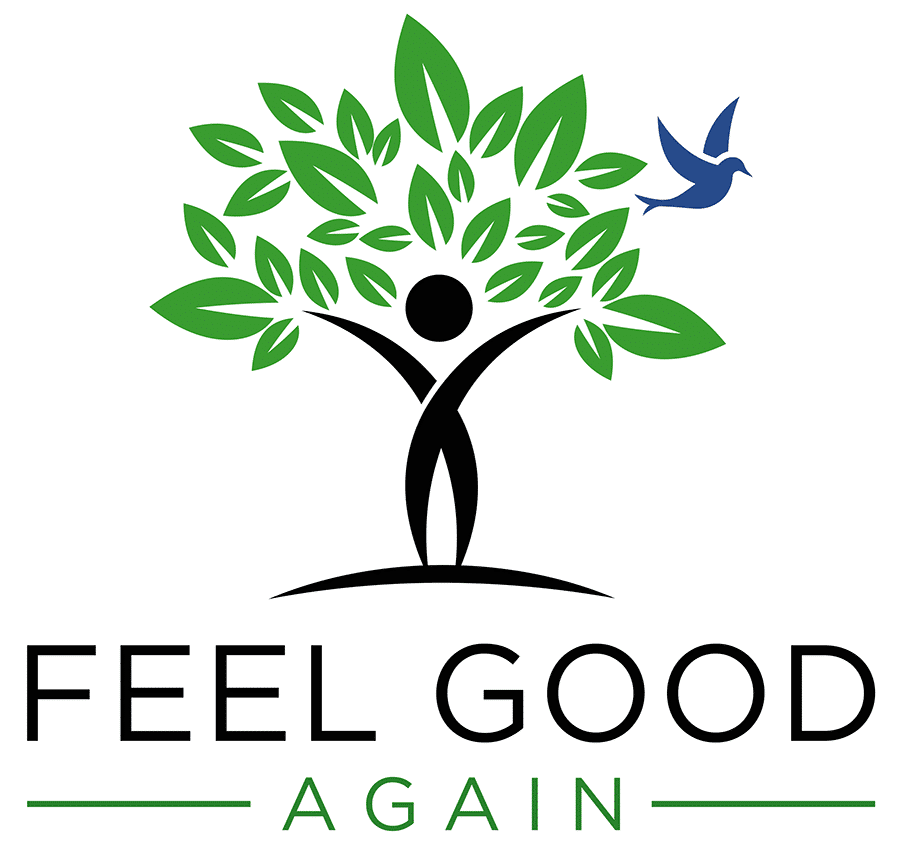
She is a recognized and award-winning holistic, functional, integrative and anti-aging healthcare practitioner, speaker and author, and has been featured in ABC News, Forbes, WOR Radio and many media outlets to spread the word that you can live younger and healthier at any age.